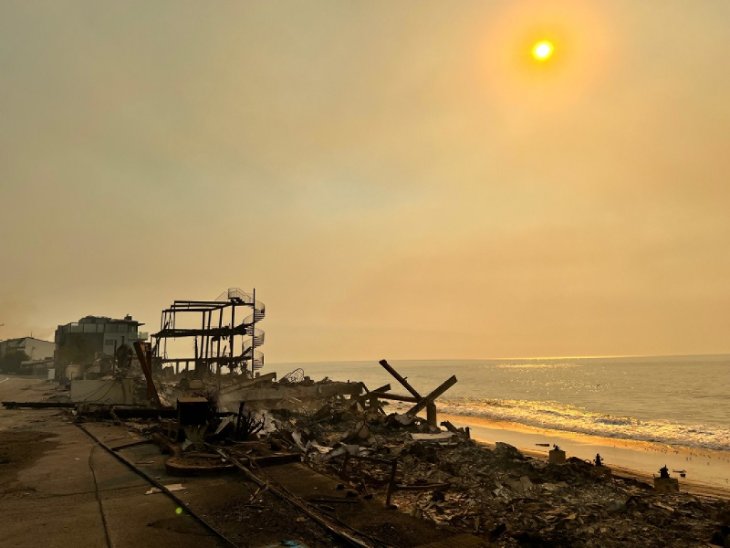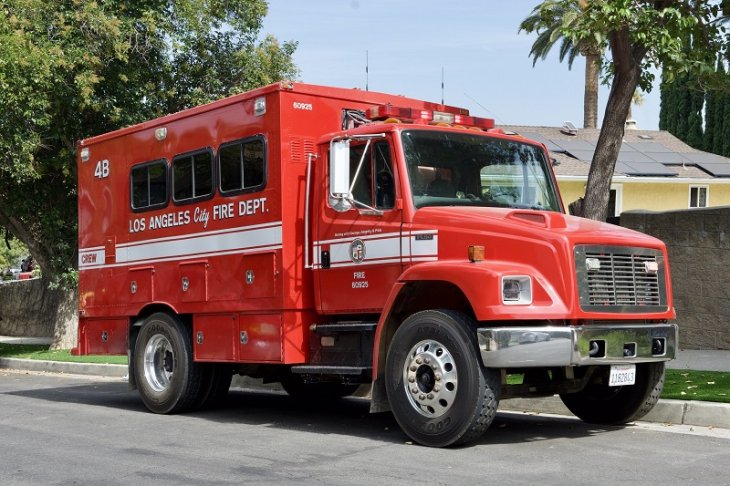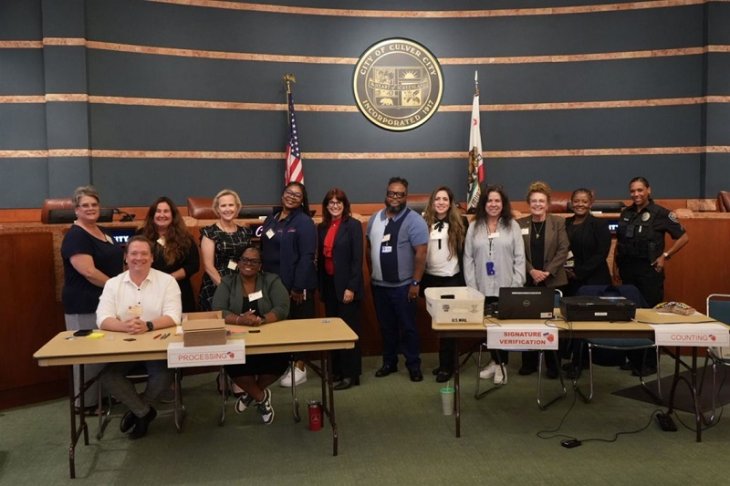
One month after making history by landing a booster rocket upright back on Earth after delivering a satellite into orbit, Hawthorne-based SpaceX will make another attempt today to recover a rocket by landing it on a barge floating off the California coast.
A SpaceX Falcon 9 rocket will be launched this morning from Vandenberg Air Force Base, transporting the Jason-3 weather satellite into orbit. The narrow launch window begins at 10:42 a.m. If that launch is scrubbed, a backup launch window is set for 10:31 a.m. Monday.
“Aiming to launch this weekend and hopefully land on our droneship,” SpaceX founder Elon Musk wrote on Twitter this week. “Ship landings needed for high velocity missions.”
SpaceX has tried landing rockets upright on a barge before but those attempts failed when the rockets tipped into the ocean.
But the company is still riding high following the Dec. 21 launch of a Falcon 9 rocket from Cape Canaveral, delivering 11 ORBCOMM communications satellites into orbit. After delivering the vehicle carrying the satellites into orbit, the rocket was maneuvered back to Earth, and it successfully landed on a pad back at Cape Canaveral.
The history-making landing was a major cost-saving step forward for space operations, proving that highly expensive rockets can be recovered and reused instead of merely being lost into the ocean.
The Jason-3 satellite is a mission led by the National Oceanic and Atmospheric Administration to continue international efforts to measure the topography of ocean surfaces. The project is managed by Jet Propulsion Laboratory in Pasadena.
“Jason-3 will maintain the ability to monitor and precisely measure global sea surface heights, monitor the intensification of tropical cyclones and support seasonal and coastal forecasts,” according to JPL. “Data from Jason-3 will support scientific, commercial and practical applications related to ocean circulation and climate change. Additionally, Jason-3 data will be applied to fisheries management, marine industries and research into human impacts on the world’s oceans.”





















